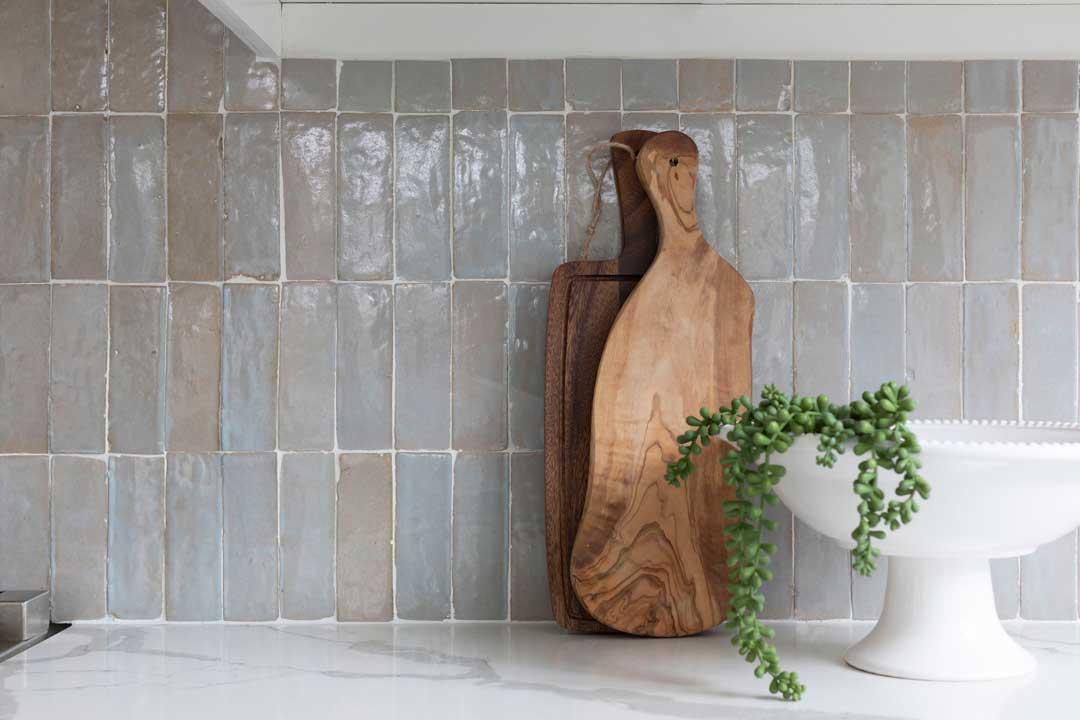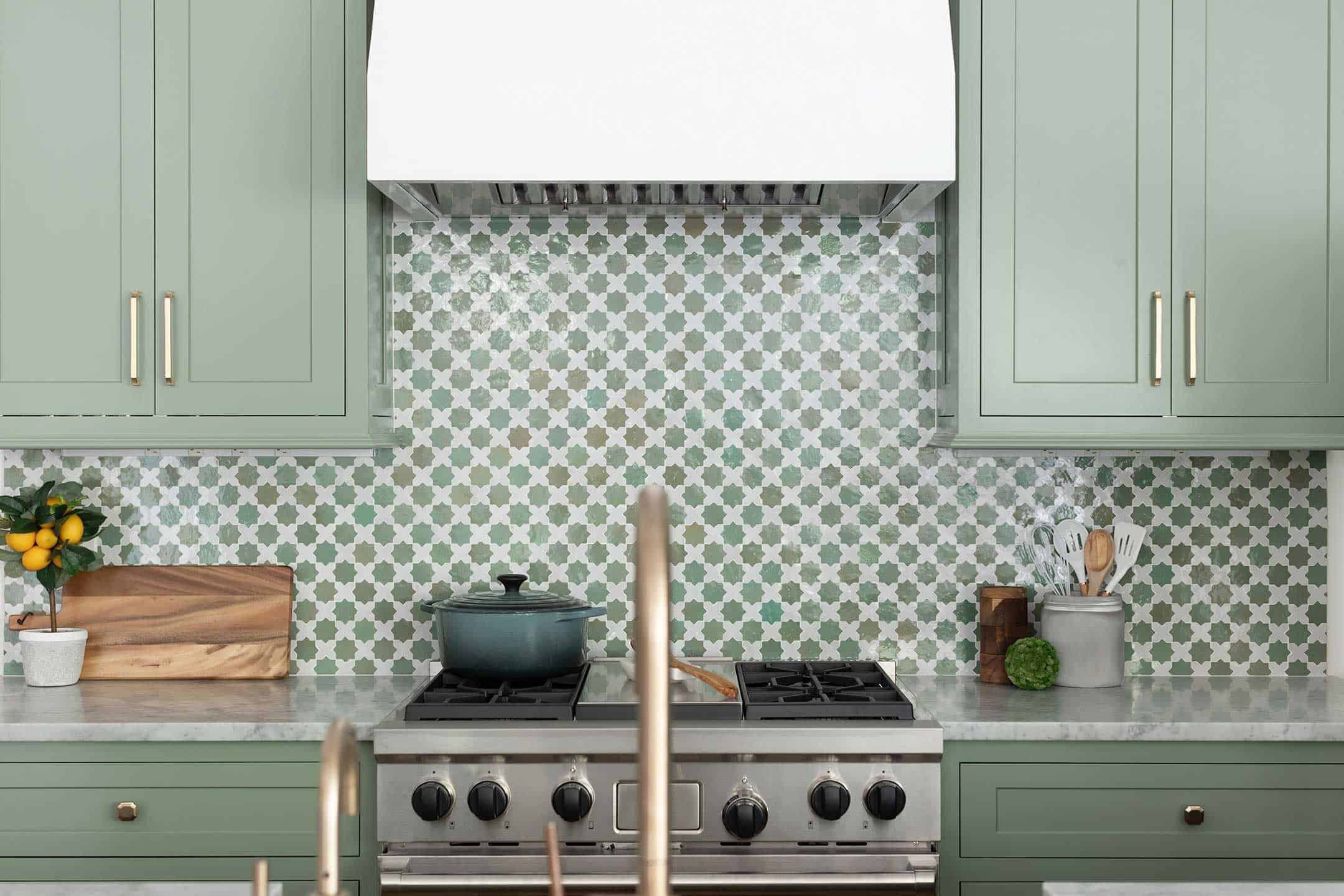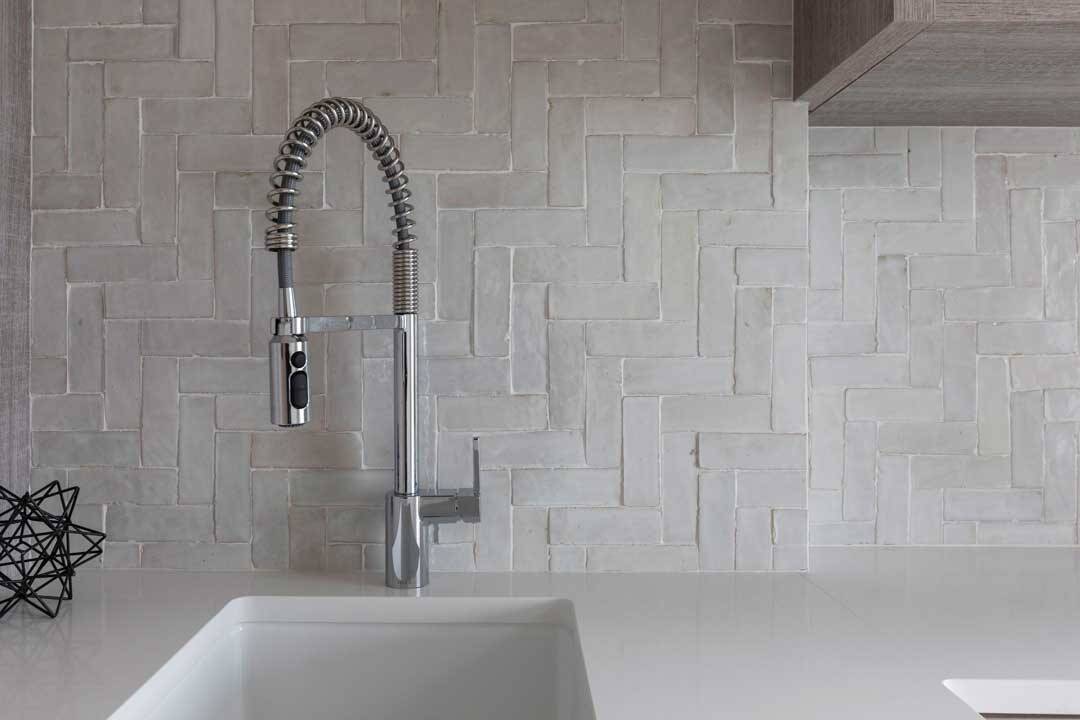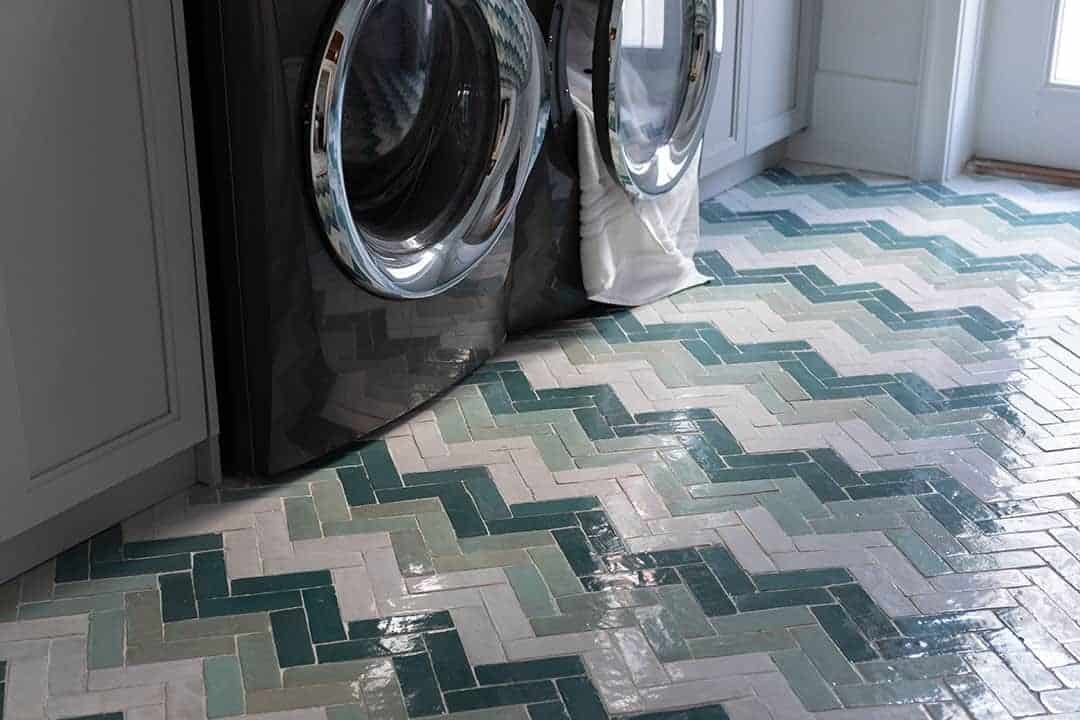
Mediterranean tile is more than a design choice — it’s a celebration of centuries-old artistry, cultural heritage, and timeless beauty. Whether you’re envisioning a hand-painted kitchen backsplash, a rustic terracotta courtyard, or an intricate mosaic shower wall, this style offers unmatched warmth, texture, and character.
In this comprehensive guide, we’ll explore the history and origins of Mediterranean tile, its defining characteristics, the materials and techniques that make it special, design inspirations for various spaces, maintenance tips, and how Med Tile curates authentic, high-quality options for New Jersey homeowners.
The Origins of Mediterranean Tile
The history of Mediterranean tile is as colorful as the patterns themselves. Influenced by centuries of trade, conquest, and cultural exchange, these tiles are a blend of Moorish artistry, Italian craftsmanship, Spanish boldness, and Greek simplicity. From the ancient mosaics of Rome to the intricate zellige work of Morocco, each region brought unique techniques and aesthetics that have stood the test of time.
Artisans across the Mediterranean historically crafted tiles by hand, often using locally sourced clay and natural pigments. The result was a product deeply connected to its geography, climate, and culture. Today, these traditions continue, albeit with modern enhancements for durability and versatility.
For more on the cultural roots of Mediterranean interiors, see Architectural Digest’s guide to Mediterranean design.
Defining Characteristics of Mediterranean Tile
Mediterranean tiles possess several defining qualities that make them instantly recognizable and highly sought after. Here are six of the most important characteristics.
Vibrant Colors
Mediterranean tiles are renowned for their rich and inviting color palettes. Shades of cobalt blue, terracotta red, golden yellow, and verdant green dominate, often inspired by the landscapes and coastlines of the Mediterranean region.
- Deep blues mimic the tones of the Mediterranean Sea.
- Warm reds and oranges reflect terracotta rooftops and sun-baked earth.
- Bright yellows and greens echo citrus groves and lush hillsides. A carefully chosen color palette allows homeowners to bring the vibrancy of Mediterranean landscapes directly into their living spaces.
Intricate Patterns
Pattern work in Mediterranean tile can be geometric, floral, or abstract, with each region having its own signature motifs. These patterns are both decorative and symbolic.
- Spanish designs often feature interlocking geometric shapes.
- Italian patterns incorporate florals and scrolls.
- Moroccan tiles display intricate starbursts and arabesques. The combination of these patterns creates a visual rhythm that’s both captivating and culturally significant.
Natural Materials
These tiles are traditionally made from natural elements such as clay, stone, and mineral-based pigments. The use of authentic materials contributes to their durability and timeless appearance.
- Locally sourced clay forms the base of many tiles.
- Natural stone like marble or limestone is used in mosaics.
- Mineral pigments create lasting, fade-resistant colors. Using natural materials ensures that Mediterranean tiles age gracefully while maintaining their original charm.
Artisanal Variation
Handmade processes ensure that no two Mediterranean tiles are exactly alike. This variation adds character and depth to installations.
- Slight color differences enhance visual interest.
- Minor surface irregularities contribute to a rustic charm.
- Hand-applied glazes produce unique finishes. These variations tell the story of craftsmanship and make every project truly one of a kind.
Durability and Longevity
Mediterranean tiles are not just beautiful — they are built to last. Many historical examples have survived for centuries.
- High firing temperatures strengthen clay tiles.
- Stone and encaustic tiles resist wear in high-traffic areas.
- Properly sealed tiles withstand moisture and temperature changes. Their longevity makes them a sound investment for both residential and commercial spaces.
Cultural Storytelling
Beyond their aesthetic appeal, Mediterranean tiles often tell a story about the place and people who made them.
- Designs may reflect historical events or regional folklore.
- Color choices can indicate cultural symbolism.
- Motifs often connect to local traditions and craftsmanship. Incorporating these tiles is like embedding a piece of history and heritage into your home.

Popular Materials in Mediterranean Tile
Terracotta
A staple of Spanish and Italian architecture, terracotta offers warm, earthy tones and rustic charm. It’s ideal for flooring, patios, and kitchens where a grounded, natural feel is desired.
- Excellent thermal properties, staying cool in summer and warm in winter.
- Highly durable when properly sealed.
- Naturally slip-resistant, making it suitable for indoor and outdoor spaces. Terracotta’s timeless look adds rustic authenticity to any Mediterranean-inspired space.
Encaustic Cement Tiles
Known for bold patterns and exceptional durability, encaustic tiles are common in courtyards, entryways, and accent walls. Their pigments are embedded into the tile, ensuring long-lasting color.
- Wide variety of patterns for custom designs.
- Fade-resistant colors that stand up to heavy foot traffic.
- Works equally well in traditional and modern settings. Encaustic tiles combine artistry with functionality, offering an eye-catching yet practical choice.
Hand-Painted Ceramics
These tiles bring one-of-a-kind artistry, often depicting floral motifs, geometric patterns, or coastal scenes. They are perfect for backsplashes, decorative borders, and statement walls.
- Each piece is unique, reflecting the artist’s hand.
- Vibrant glazes that maintain color over time.
- Often produced in small batches for exclusivity. Hand-painted ceramics infuse personality and artistry into every space.
Zellige and Moroccan Tiles
Handcrafted clay tiles with subtle surface variations that create a luminous, textural finish. Popular in bathrooms, kitchens, and feature walls for their shimmer and depth.
- Handmade using centuries-old techniques.
- Slightly irregular edges for a natural, organic feel.
- Reflective glaze adds depth and luminosity. Zellige tiles deliver a rich, tactile quality that machine-made alternatives can’t replicate.
Where to Use Mediterranean Tile in Your Home
Kitchens
Kitchens are one of the most popular spaces to showcase Mediterranean tile, as the style naturally complements the warmth and vibrancy of a cooking space.
- Hand-painted ceramic backsplashes that tell a story.
- Terracotta flooring for a rustic, inviting foundation.
- Patterned encaustic tiles on an island base for a bold centerpiece. A Mediterranean tile kitchen blends functionality with artistry, making it the heart of the home.
Bathrooms
Mediterranean tiles can transform bathrooms into spa-like retreats with rich textures and soothing colors.
- Zellige tile shower walls for a luminous, water-inspired look.
- Encaustic tile floors that add both style and slip resistance.
- Hand-painted sink surrounds for a touch of elegance. Incorporating Mediterranean tiles in bathrooms enhances both aesthetic appeal and practical durability.
Outdoor Spaces
Outdoor spaces benefit greatly from the durability and natural beauty of Mediterranean tile.
- Terracotta courtyard floors for an authentic European feel.
- Mosaic inlays on patios for intricate design flair.
- Pool surrounds with vibrant blue and aqua tiles. These tiles can withstand the elements while creating inviting, picturesque outdoor settings.
Fireplaces
Fireplaces become focal points when framed with Mediterranean tile, adding warmth and visual interest.
- Hand-painted ceramic surrounds for artistic charm.
- Patterned tiles extending to the hearth for cohesion.
- Natural stone or marble mosaics for a sophisticated finish. A Mediterranean tile fireplace brings a timeless elegance that enhances any living space.

Mediterranean Tile Design Inspirations
Mediterranean tile design draws from centuries of architectural tradition while adapting beautifully to modern spaces. Its flexibility allows homeowners and designers to create rooms that are both culturally rich and highly functional.
Rustic Tuscan Warmth
Inspired by the rolling hills and sunbaked villas of Tuscany, this style emphasizes earthy tones, terracotta textures, and handcrafted detail.
- Terracotta floors paired with plaster walls.
- Warm, muted color palettes with natural wood beams.
- Hand-painted tile backsplashes that echo the region’s artisanal traditions.
This approach works beautifully in kitchens, dining rooms, and outdoor patios, lending a welcoming, timeless feel.
Greek Island Freshness
- Whitewashed walls and bright blue patterned tiles.
- Smooth, rounded architectural forms.
- Zellige tiles for a luminous, water-inspired effect.
- Perfect for bathrooms and coastal properties, this look invites a sense of calm and relaxation.
Drawing from the iconic white-and-blue color scheme of the Greek Isles, this style is crisp, airy, and full of light.
Spanish Revival Boldness
Spanish design embraces bold patterns, deep colors, and dramatic details.
- Encaustic cement tiles with geometric or floral motifs.
- Dark wood accents and wrought iron fixtures.
- Layered textures for a rich, inviting atmosphere.
Spanish Revival style thrives in entryways, staircases, and statement walls.
Moroccan Intricacy
Moroccan tilework is known for its complexity and vibrant colors.
- Starburst and arabesque patterns in vivid hues.
- Intricate mosaics for feature walls or fountains.
- Playful use of contrasting glazes.
This style makes a striking impact in courtyards, kitchens, and powder rooms.
Modern Mediterranean Fusion
For those seeking a fresh take, modern Mediterranean design blends traditional elements with minimalist sensibilities.
- Pairing bold tile floors with simple, neutral furnishings.
- Using large-format tiles for a sleek, uncluttered look.
- Incorporating natural stone in streamlined forms.
- This fusion works well in open-plan living areas and contemporary kitchens.
By mixing historical references with contemporary styling, Mediterranean tile offers endless possibilities to create spaces that are warm, sophisticated, and full of personality.

How Mediterranean Tile (the Company) Curates This Style
At Med Tile, the Mediterranean aesthetic is carefully curated through exclusive vendor relationships and a designer-led selection process. Every tile is chosen for quality, authenticity, and design potential, ensuring clients can create spaces that reflect true craftsmanship.
The showroom features real-life vignettes, allowing clients to see tiles in natural light, feel their textures, and envision them in their own homes. Med Tile’s design team collaborates with homeowners, architects, and contractors to produce cohesive layouts ready for professional installation.
Caring for Mediterranean Tile
Mediterranean tiles can last decades with proper upkeep, preserving both their beauty and structural integrity.
- Seal porous materials like terracotta and encaustic cement.
- Clean with pH-neutral products.
- Avoid harsh abrasives to protect hand-painted surfaces.
- Maintain grout lines with periodic sealing to prevent staining.
Explore the Beauty of Mediterranean Tile
Mediterranean tile brings timeless beauty and cultural richness to any space. With Med Tile’s curated collections and expert design guidance, New Jersey homeowners can achieve an authentic Mediterranean look that’s both stylish and enduring.
Visit Med Tile’s Fairfield showroom to see, touch, and experience authentic Mediterranean tile in person.
